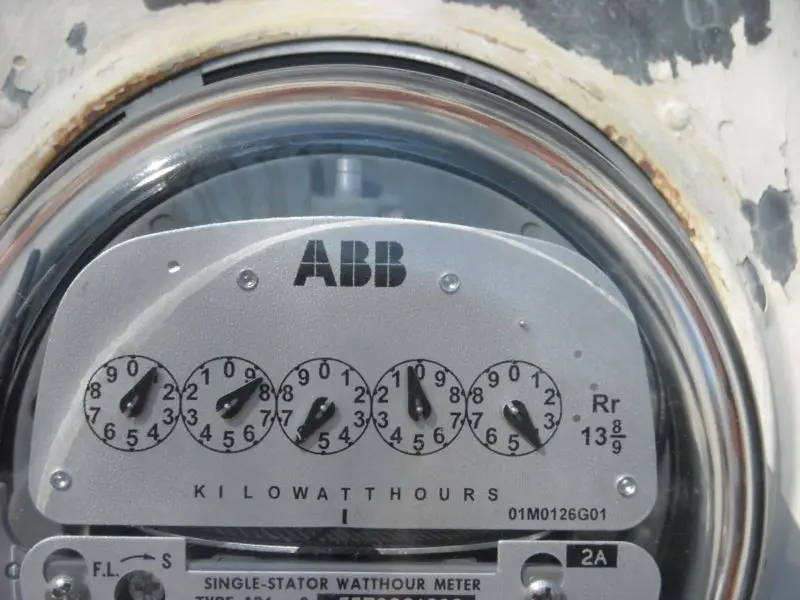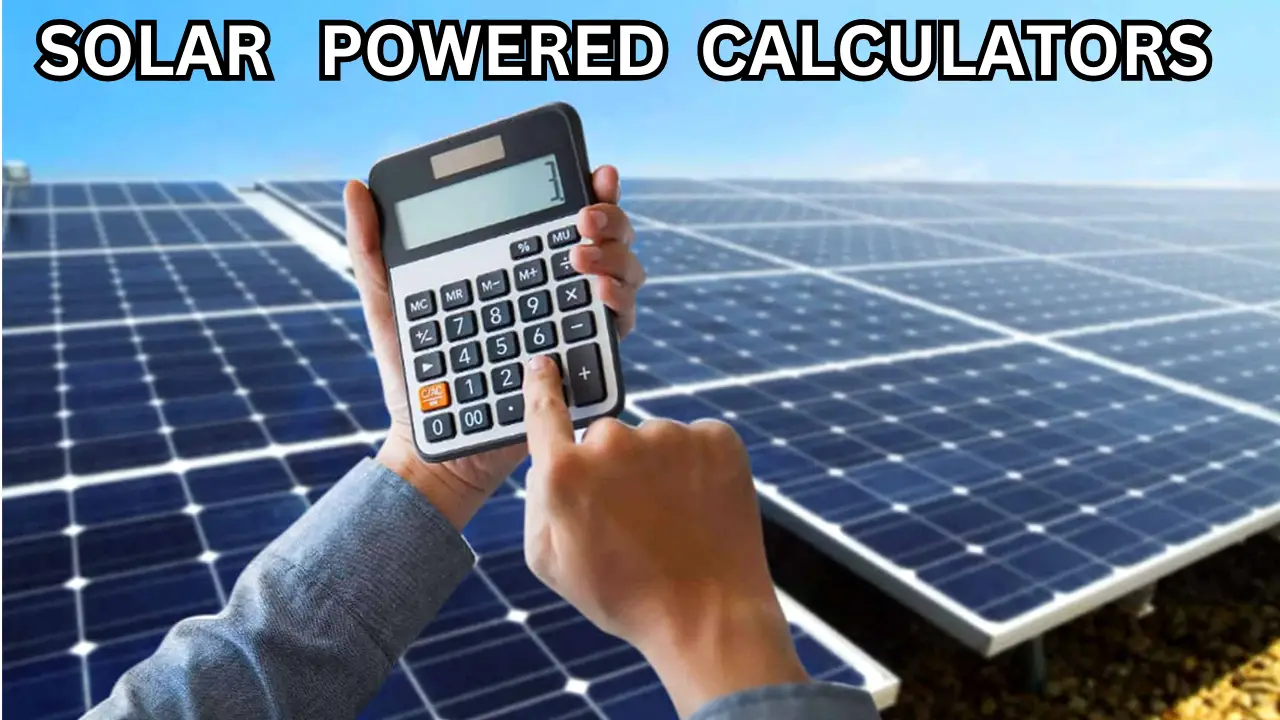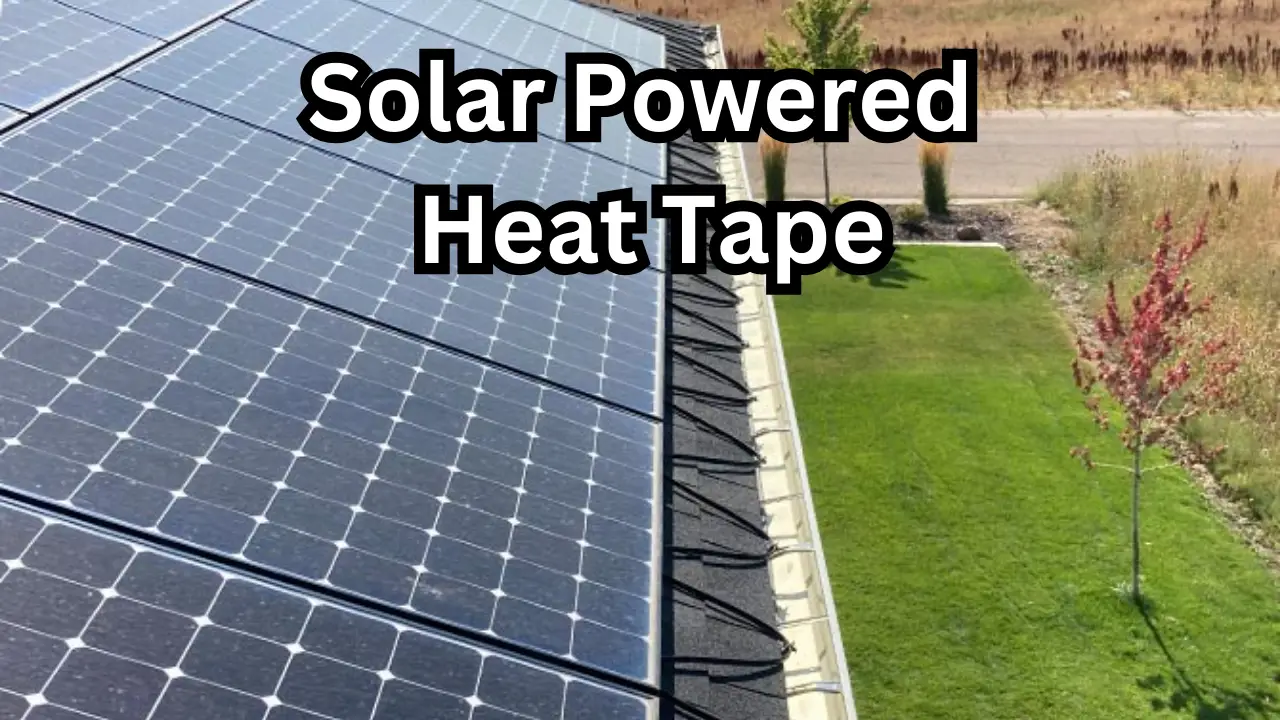How Much Electricity Does A Mini Fridge Use? Everything You Need To Know:

Mini fridges are a convenient and compact way to keep food and drinks cold, making them a popular choice for dorm rooms, offices, and small apartments. However, it’s important to consider the energy consumption of a mini fridge before making a purchase.

Understanding Energy Consumption:

The amount of electricity a mini fridge uses is measured in kilowatt-hours (kWh). kWh is a unit of energy consumption that measures how much electricity is used over time. The higher the kWh usage, the more electricity the mini fridge consumes.
Factors Affecting Energy Consumption:
The energy consumption of a mini fridge can vary depending on several factors:
-
Size and Capacity: Larger mini fridges with more capacity typically consume more electricity.
-
Energy Efficiency: Mini fridges with energy-efficient features, such as insulation and efficient compressors, consume less electricity.
-
Usage Patterns: How often you open and close the mini fridge door, and how much food and drinks you store inside, can impact energy consumption.
Average Energy Consumption:
On average, a mini fridge can consume between 100 and 200 kWh of electricity per year. This equates to roughly $10 to $20 in electricity costs per year, based on an average electricity rate of 10 cents per kWh.
Energy-Saving Tips:
To minimize the energy consumption of your mini fridge, consider the following tips:
-
Choose an Energy-Efficient Model: Look for mini fridges with energy-saving features like Energy Star certification, which indicates that the appliance meets certain energy-efficiency standards.
-
Use the Mini Fridge Wisely: Avoid frequent opening and closing of the door, as this allows warm air to enter and forces the fridge to work harder to cool.
-
Adjust the Temperature Wisely: Keep the mini fridge at a moderate temperature setting. Lower temperatures require more energy to maintain.
-
Avoid Overcrowding: Don’t overcrowd the mini fridge, as it reduces air circulation and makes the fridge work harder.
-
Defrost Regularly: If your mini fridge has a manual defrost function, defrost it regularly to remove ice buildup. Ice buildup can reduce energy efficiency.
-
Unplug When Not in Use: If you plan to be away for an extended period, unplug the mini fridge to save energy.
Conclusion:
Mini fridges can be energy-efficient appliances, but it’s important to consider their energy consumption before purchasing one. By choosing an energy-efficient model, using the mini fridge wisely, and implementing energy-saving practices, you can minimize its impact on your electricity bill and the environment.





